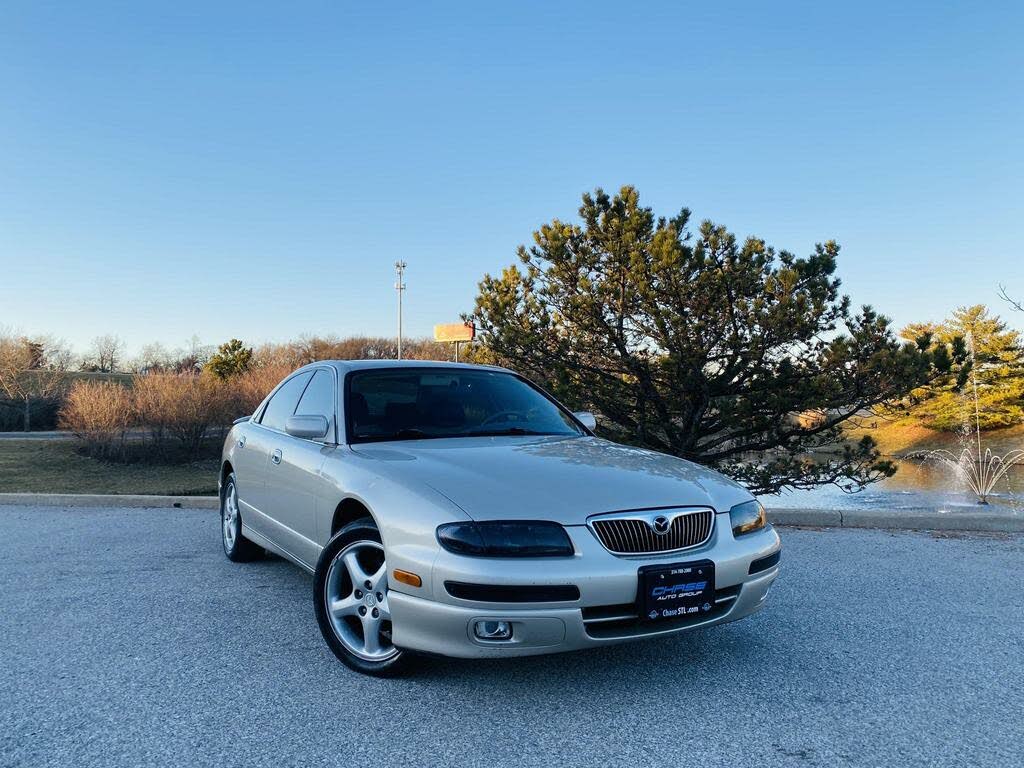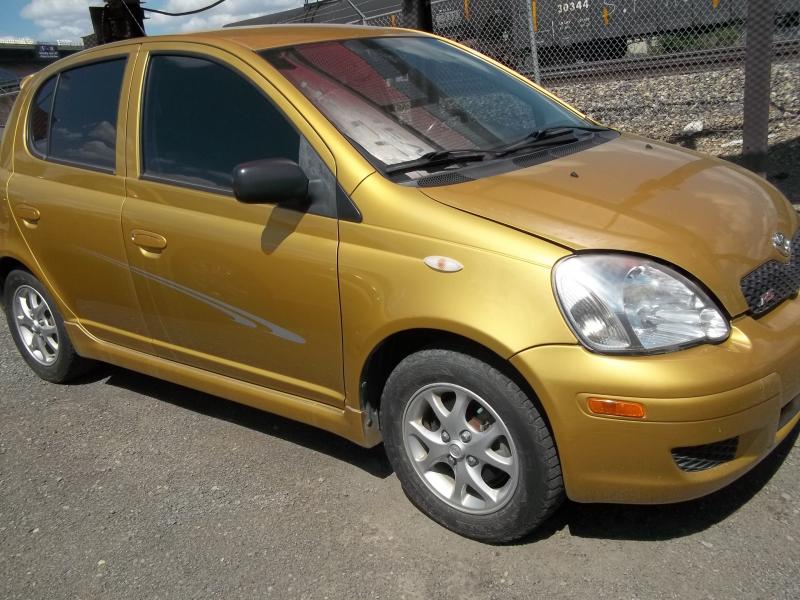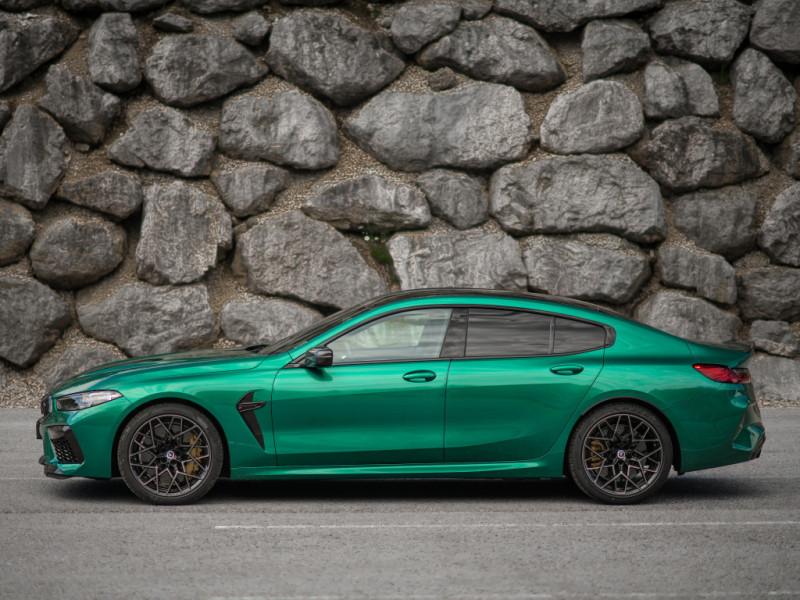Drive a Printed Vehicle? Why Not to Check out?
Normal 0 false false false RU X-NONE X-NONE
/* Style Definitions */ table.MsoNormalTable {mso-style-name:"Обычная таблица"; mso-tstyle-rowband-size:0; mso-tstyle-colband-size:0; mso-style-noshow:yes; mso-style-priority:99; mso-style-qformat:yes; mso-style-parent:""; mso-padding-alt:0cm 5.4pt 0cm 5.4pt; mso-para-margin-top:0cm; mso-para-margin-right:0cm; mso-para-margin-bottom:10.0pt; mso-para-margin-left:0cm; line-height:115%; mso-pagination:widow-orphan; font-size:11.0pt; font-family:"Calibri","sans-serif"; mso-ascii-font-family:Calibri; mso-ascii-theme-font:minor-latin; mso-fareast-font-family:"Times New Roman"; mso-fareast-theme-font:minor-fareast; mso-hansi-font-family:Calibri; mso-hansi-theme-font:minor-latin; mso-bidi-font-family:"Times New Roman"; mso-bidi-theme-font:minor-bidi;}
3D printing goes on making waves in the technical revolution. What had its source as a fun way to make various cheap or miscellaneous trinkets now looks like a powerful promising industry. Houses can be rapidly constructed with Contour Crafting technology, chocolate candies are quickly designed and assembled with 3D-Cornutopia, oh God, and the scientists had the idea how to print an artificial human kidney to replace dialyses sessions! So no wonder the three-dimensional printed cars have been also introduced to the production yet. Smart startup Local Motors revealed its LM3D Swim all-electric car at SEMA Show recently in Las Vegas, proving the fact one can drive successfully the printed cars.
Local Motors started its printing activity in 2007, breaking all the stereotypes in 2014 having released its first 3-D printed Strati roadster prototype. Last year Local Motors went down like a bomb – they built Strati from plastic and carbon fibre at the Detroit Auto Show manufacturing it in a real-time on the show floor. It took less than 44 hours to construct an electric car printing the body, seats, the dashboard and the central console there.
Strati shares the drivetrain and suspension with the European Renault Twizy model, the electric car. The development team announced a recharge time of less than 240 minutes as the components produce 3.7-12.7kW from a 6.1 kWph Lithium-Ion battery. Local Motors claims to put Strati on mass production in the coming days, after getting the regulation certification and passing the crash testing successfully.
And now all-electric Swim, the LM3D brainchild, was debuted at SEMA. Local Motors hopes this three-dimensional printed model to be manufactured in bulk. About 75 percent of parts are printed here, including the chassis and the whole body. The nearest company’s aim is to expand that figures to roughly 90 percent. As for the chassis, Local develops to offer several different 3D versions including a Sport variant on the same basis in 2016.
The company releases the start of initial preorders in spring 2016, and the mass deliveries in 2017 at an expected total price of the model series $53,000.
Let’s continue with Urbee 2, designed to be an efficient model at a cheap price. Kor Ecologic is a high-tech company established by Jim Kor, an American engineer. The company targets to design and build environmentally-friendly vehicles, one of which, the Urbee, is expected to be the key project of Kor Ecologic. All-new Urbee 2 prototype was announced to be released in 2013, using Fused Deposition Modeling technology. The model hopes to be fuel-efficient; the team leaders promise it takes only 38 litres of fuel to cross the USA (more than 4500 km). It features an aerodynamic body with an unbelievable drag coefficient of 0.149 to perform 200mpg on the highway. The tricycle is thought to be a hybrid vehicle fitted with a single-cylinder diesel engine with 7-8hp. The engine is expected to be run on ethanol.
Urbee 2 features more than 50 percent of components designed to be 3-D printed; roughly 2,500 working hours are required to produce that. The estimated price of such promising vehicle makes $50,000 approximately.
Volkswagen Group also implements the latest manufacturing technologies to the engineering giving a green light to Audi Toolmaking. One of their newest innovations, the replica of a 1936 Grand Prix racer, was created with 3-D printing technologies. The model called Auto Union Type C, featuring fine metal-based printed details. The company proudly demonstrates laser complex technology to mold the finest metallic grain powder to create replicas. The Arrow Racer looks amazingly great and promises new and new VW developments. However, the design team can manufacture the models sizing up to 200 mm height and 240 mm length only.
Oak Ridge National Laboratory finds time to take part in progress. 3D-printed Shelby Cobra, a 1965 post-war model replica, was introduced in 2015 at Detroit Auto Show. The Cobra was designed and created thanks to the Department of Energy’s Manufacturing Facility; the designers used the BAAM, Big Area Addictive Manufacturing printing machine.
It took less than a day to print the details using 20 percent carbon fibre and less than six weeks to finish the project celebrating the 50th anniversary of Shelby Cobra. As a result, the whole body, the grille, the support frame and some drivetrain elements are printed three-dimensionally. ORNL is going to use this Cobra replica as a plug-and-play lab for testing the latest automotive prototypes.
However, the Chinese car engineers showed their 3-D ability taking unbelievably less time. An automotive startup called Sanya Si Hai located in China has finished the3D printing of electric city car model. The total weight of the model makes 500kg only and the power is fully electrical. The manufacturers claim just 5 working days a time of printing and $1,800 only to fabricate that bright sedan. The electric car is painted gold. It can accommodate two passengers measuring 1,6-metres in width and 3.6-meters in length as well as speeding up to 40kmph.
And last – but not least. Light Cocoon Concept by EDAG Engineering was revealed at Geneva Motor Show in 2015. With this innovative research, the German makers try to demonstrate the latest automotive concept trends within the next decade. The main sense of such technology is to save the weight because of using fabric materials. Fabric cars, why not? The driver can change not only the speed but the color of skin surface as he wishes.
A dynamic compact sports car was inspired naturally, resembling the illuminating skeleton and rendering the organic construction. It sounds futuristic, but such approach makes sense: this strongest triple-layered cobweb fabric weights only 19g/m². Reason enough to get this revolutionary approach for the automotive industry, go-go, EDAG!




